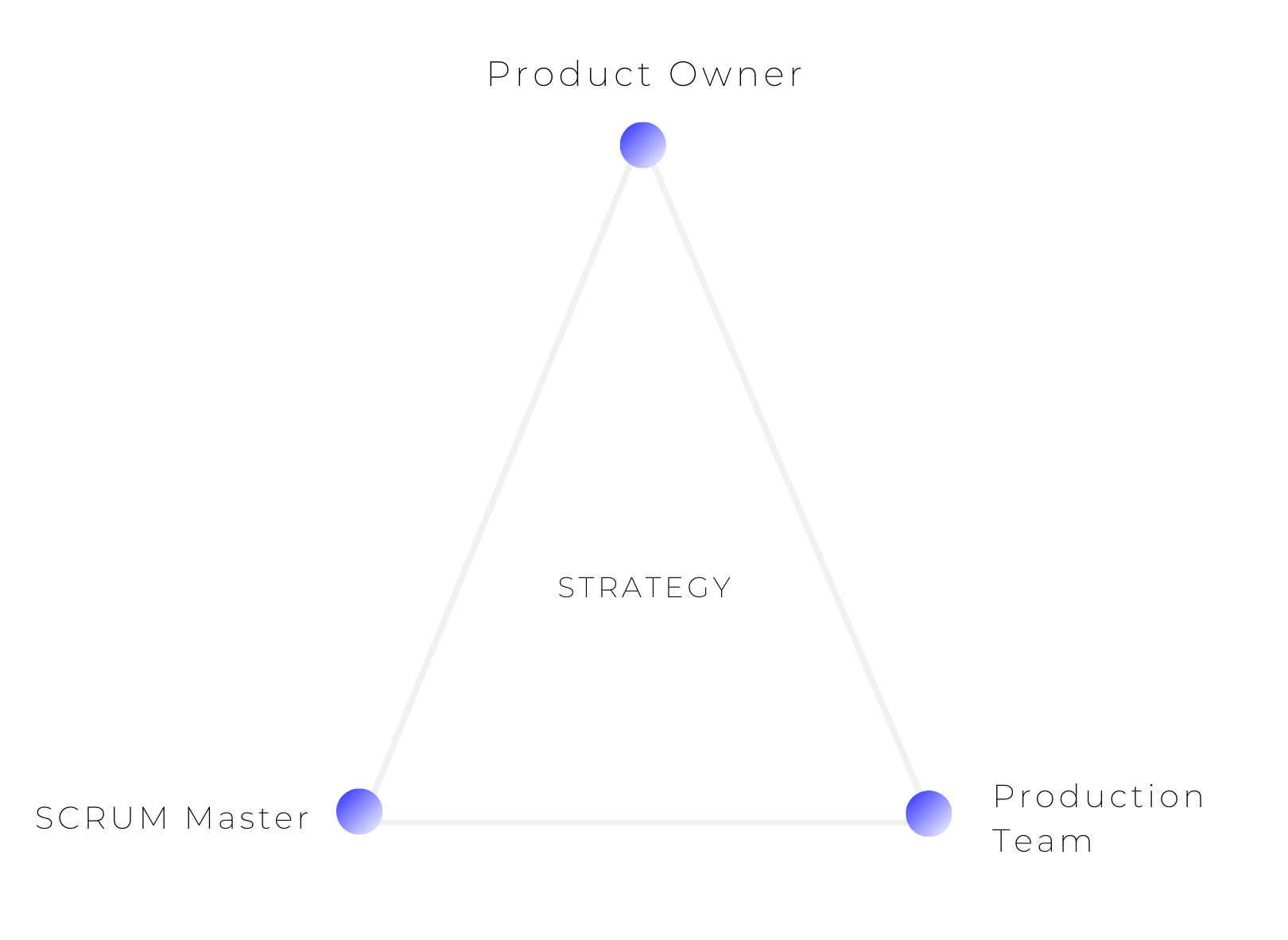What is Agile?
Agile is an umbrella term for several approaches to software development and with each of these variations, we categorize an ‘agile framework’. Some of the most popular frameworks include Scrum, Crystal, Dynamic Systems Development Method, and Feature-Driven Development.
What is Scrum?
One of Blue Noda’s Co-Founders is a Scrum Master, therefore our methodology and infrastructure derive from the Scrum Framework.
Scrum is a framework within which people can address complex adaptive problems, while productively and creatively delivering products of the highest possible value. Scrum is not a process or a technique for building products; rather, it is a framework within which you can employ various processes and techniques. Scrum makes clear the relative efficacy of your product management and development practices so that you can improve. (1)
Why do I care?
Scrum benefits the team by allowing them to focus on a given task list within the confines of a single sprint and — once the sprint ends — the team evaluates and assesses their progress.
Scrum benefits the team by allowing them to work together to plan springs and focus on a given task list within that sprint. Scrum is about collaboration – risk aversion – problem-solving and communication – all of which promote better productivity.
The team assesses throughout each sprint there are areas for improvement for the next and how to transfer items from the back-log. This effectively removes the confusion associated with bombarding a team with less important tasks or client requests; instead of allowing them to focus on completing priority projects.
An agile workflow usually consists of multiple components. The following provides a breakdown of the components found in a typical agile web development workflow:
- Sprint Backlog – A list of the tasks to accomplish during a sprint. Before a sprint, the team chooses items from the product backlog and determines the tasks necessary to meet the user needs. Designers and developers independently assign priority and time estimates for each task, and that data is analyzed after each sprint to inform the next sprint. Some teams prefer to use a physical wall or whiteboard to keep track of tasks while others use free online task management tools like Jira.
- Scrum Meetings – Short, daily meetings to check-in and set the course for the workday.
- Backlog -The product backlog provides a visual representation of the team’s progress.
- Scrum Master – The facilitator of scrum meetings tasked with managing communication between team members.
How does blue noda apply this framework?
As we stated, our company was founded in scrum, therefore all of our talented are onboarded and educated to this approach before they are added to a pod (aka team).
Pods in a traditional scrum framework look something like this:

What a Blue Noda pod looks like





